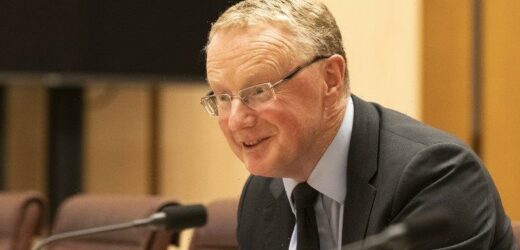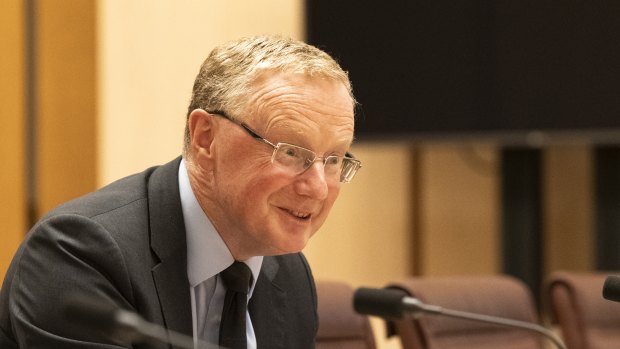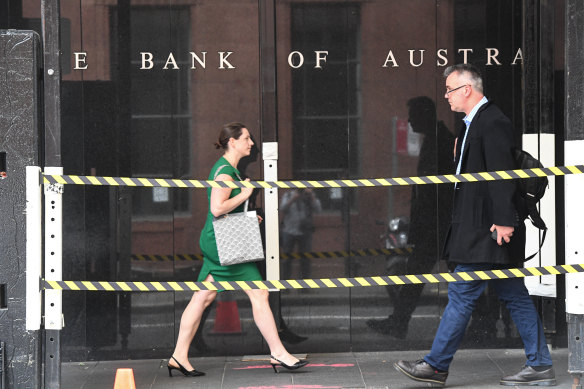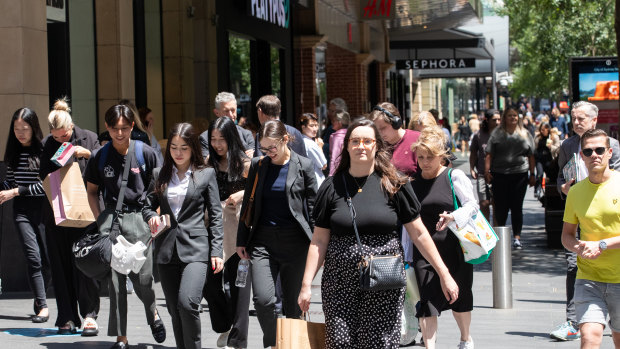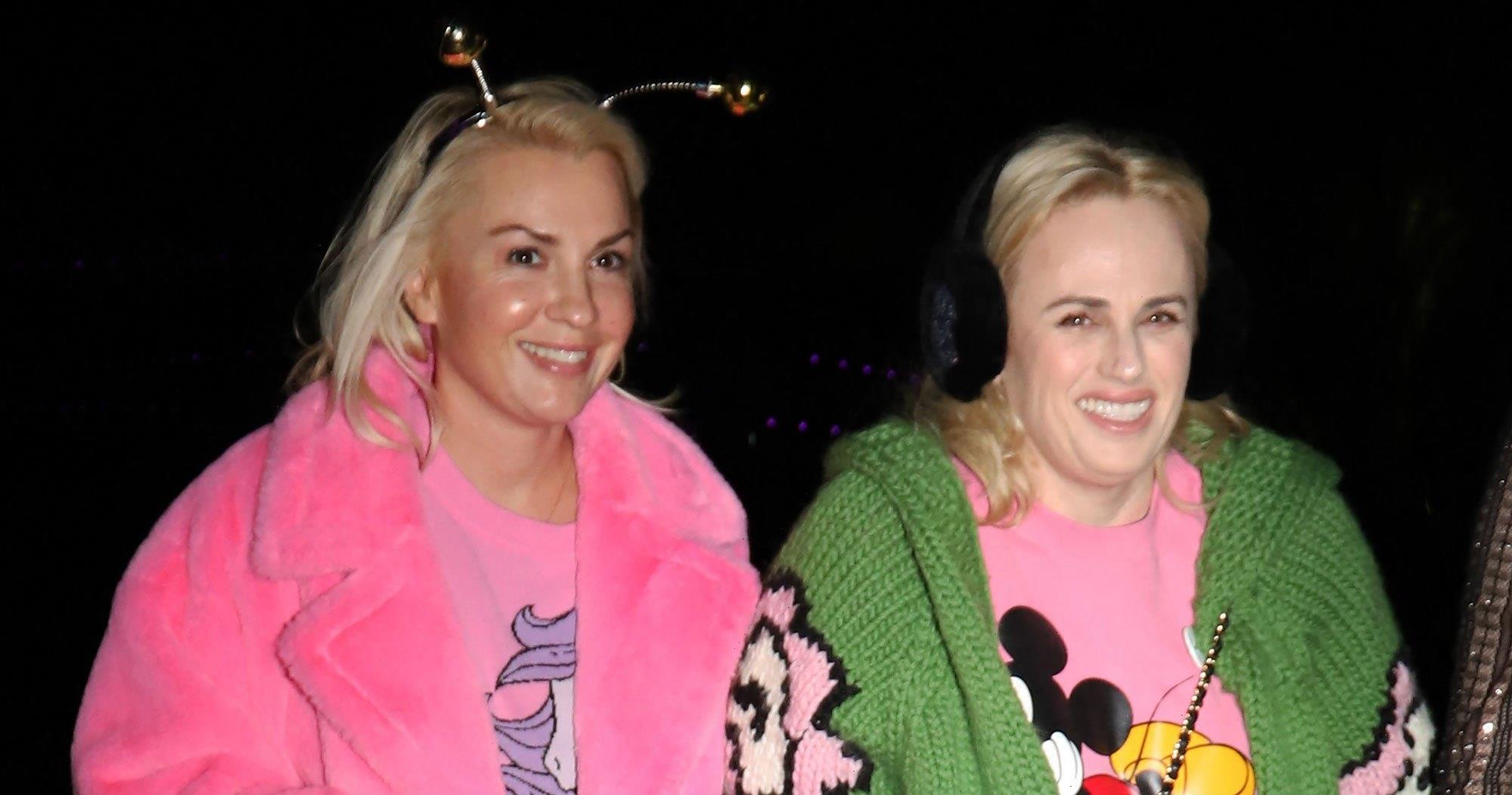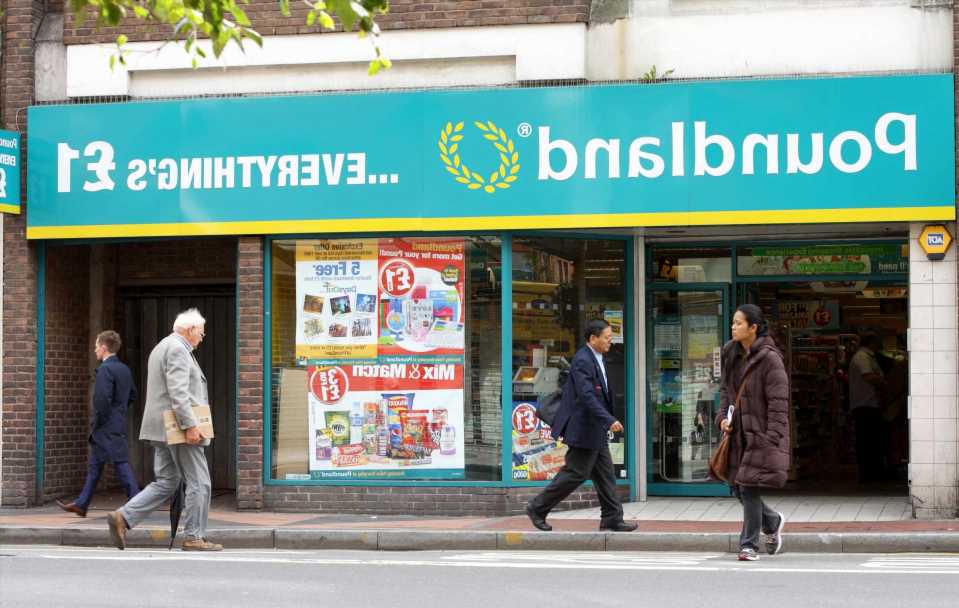The nation’s major banks will make $14 billion a year in interest from the public purse through the Reserve Bank, new research shows, as consumer confidence sinks to recession-like levels and fears grow that rising interest rates will bring the economy to a halt.
Ahead of Reserve Bank governor Phil Lowe’s appearance before a Senate committee on Wednesday, work by former RBA economist and monetary policy lecturer Zac Gross shows commercial banks stand to earn $1 billion more for every quarter percentage increase in interest rates.
RBA governor Philip Lowe will face the first of two grillings by federal MPs on Wednesday.Credit:Rhett Wyman
Commercial banks have come under fire from Treasurer Jim Chalmers over the way many have failed to pass on in full the jump in official interest rates to savers while passing those increases on almost immediately to borrowers.
While the RBA has lifted the cash rate at its past nine meetings to a 10-year high of 3.35 per cent, it has also increased the interest rate it imposes on its own exchange settlement accounts.
The exchange settlement accounts, which after last week attract an interest rate of 3.25 per cent, are used by commercial banks to hold money with the RBA, to transfer money to other banks or to exchange for notes and coins.
Ahead of the COVID-19 pandemic, commercial banks held relatively little in the accounts. In early February 2020, the RBA held less than $20 billion in the exchange settlement accounts.
Last week, there was $469 billion in the accounts. Some of that cash includes billions borrowed by banks from the RBA at 0.1 per cent under its COVID-era term funding facility program, which was kept in the Reserve Bank’s accounts. A review of the program last year revealed the program had failed to boost lending to small and medium-sized businesses as the Reserve Bank had expected.
About 5 per cent of the balance attracts no interest. But the RBA pays interest on the rest.
Gross, who lectures in economics at Monash University, said the interest paid to the commercial banks is now $14.4 billion a year or about 40 per cent of the total profits made by the nation’s banking sector.
The RBA has lifted the cash rate at its past nine meetings to a 10-year high of 3.35 per cent.Credit:Peter Rae
He said central banks around the world were looking at the interest rate they charge on their exchange settlements, arguing the proportion that does not attract interest could be increased in a move that would deliver both an economic and fiscal boost to the country.
“In an environment with high inflation, a cash-strapped Treasury and a banking sector reporting ‘fat profits’, reducing interest on excess reserves could be a win-win policy,” he said.
“It would also help to rein in inflation while also repairing the public balance sheet.”
Stripping banks of the interest paid by the RBA would reduce profits, Gross argues, similar to the major bank levy introduced by then-treasurer Scott Morrison in 2017. That levy, imposed on the top-five banks, is forecast to raise $1.6 billion this year.
Independent economist Chris Richardson said all of Australia’s major banks enjoyed a financial advantage over their smaller rivals as they were considered too big to fail.
He said lifting the bank levy would raise extra revenue to repair the budget while helping in the fight against inflation.
“One of the missing pieces in tax reform in this country has been the failure to properly charge the banks for the privilege of being too big to fail and to have access to profits from Australian businesses and households in a very concentrated market,” he said.
A spokesperson for the Australian Banking Association said the current system was in the hands of the Reserve Bank.
“Exchange settlement account balances are set by the RBA, they cannot be set by banks,” they said.
Shoppers’ confidence has fallen to recession-like levels due to rising interest rates.Credit:Edwina Pickles
“As the interest rates on the exchange settlement accounts have risen, so too has the interest rate that banks pay to holders of their debt.”
The issue of the interest charged on exchange settlements will be just one of the topics put to Philip Lowe at a Senate hearing on Wednesday and a House of Representatives committee on Friday.
MPs are expected to press Lowe on the bank’s aggressive tightening of monetary policy, his communication about interest rate movements and the amount of stimulus put into the economy by the RBA during COVID.
Two key measures of consumer sentiment released on Tuesday show the bank’s rate hike last week, with the warning of more, has driven confidence to near-record lows.
The ANZ-Roy Morgan measure of sentiment dropped by 5.5 per cent over the past week, following a 3.2 per cent fall in the previous week. Confidence is now down to where it was during April 2020 when the country suffered its first COVID lockdowns.
Westpac’s monthly measure of consumer sentiment fell 6.9 per cent with confidence among consumers with a mortgage tumbling 14.4 per cent. It is now around its lowest level since Westpac started its survey in the mid-1970s.
Consumer sentiment may fall further, with the NAB now expecting the Reserve Bank to lift interest rates at its next three meetings, taking the cash rate to what would be an 11-year high of 4.1 per cent.
But NAB chief economist Alan Oster said if the bank did move that aggressively, economic growth could stall this year and next at less than 1 per cent.
Such low growth would ultimately force the Reserve Bank to start cutting rates.
“We expect the RBA will need to cut interest rates in 2024 to closer to neutral to support growth as inflation moderates,” he said.
Cut through the noise of federal politics with news, views and expert analysis from Jacqueline Maley. Subscribers can sign up to our weekly Inside Politics newsletter here.
Most Viewed in Politics
From our partners
Source: Read Full Article
